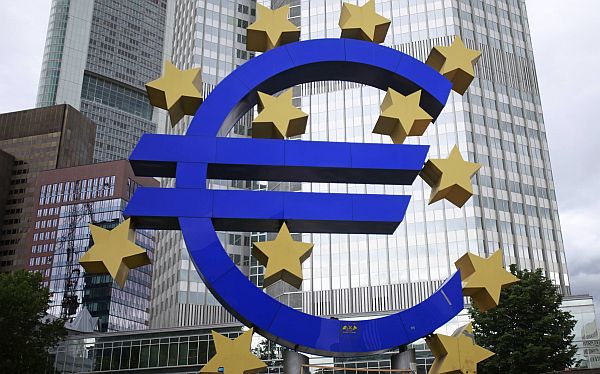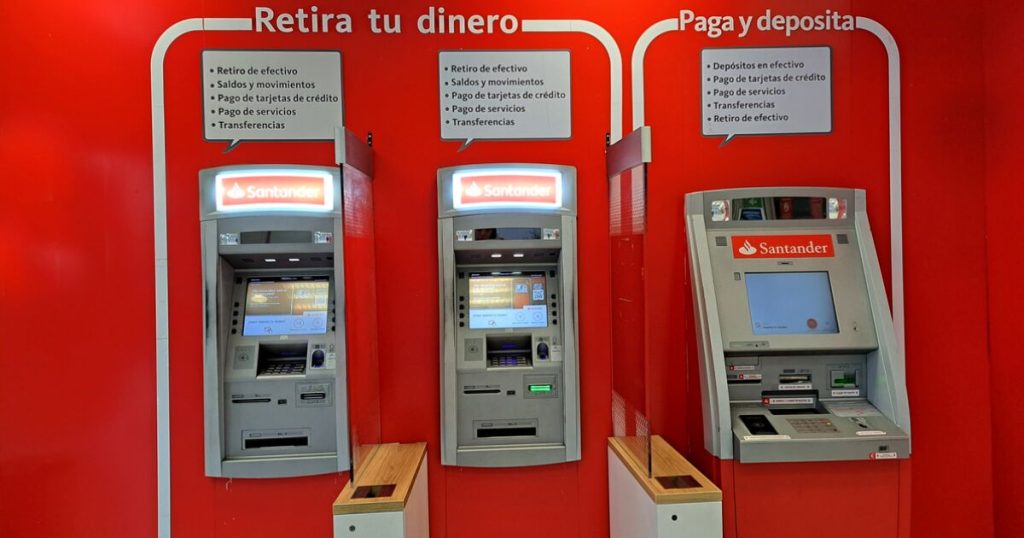By María Martínez, from BBVA Research
A little over a month and a half ago, after the September monetary policy meeting, it was considered unlikely that the European Central Bank (ECB) cut interest rates in October. However, the weak results of the activity indicators (PMI) for September together with inflation below the 2% target, quickly changed expectations. The rate cut became practically certain and was finally finalized at the October meeting, when the entity decided to reduce rates by 25 basis points, in a unanimous decision of the Governing Council. With this measure, the ECB reaffirmed its leadership in the monetary relaxation cycle compared to other large central banks: since the beginning of the reductions in the summer, it has made three cuts of 25 basis points in four meetings. By comparison, the Bank of England has only carried out a cut of that magnitude in three sessions, while the Federal Reserve He has implemented only one, but greater, 50 in three games.
At the October meeting, the ECB recognized downward surprises in inflation and economic activity, although it ruled out an imminent recession in the euro zone, noting that the disinflation process is progressing as planned. In particular, the growth situation for the eurozone remains challenging. GDP data shows clearer signs of weak growth than a sharp decline; something reflected in the messages of the ECB that maintains its confidence in a “soft landing” of the economy. The driver of growth in the coming quarters is expected to be the recovery of private consumption, although less vigorous than expected due to the cautious behavior of households. However, the outlook remains bleak: Germany is in recession and France faces significant fiscal challenges. Added to this is the uncertainty about global growth, where China’s recovery is still incomplete.
Regarding inflation, the ECB admitted that the pace of deceleration has been faster than expected, reinforcing confidence that the price stability objective is “on track.” However, he warned that the slowdown in inflation this quarter will not be completely linear, due to energy base effects and still high wage growth. Possible impacts derived from the current geopolitical conflicts on energy and food prices are also not ruled out. Therefore, although inflation is on the right track, it is still too early to claim victory.
Thus, in the face of these challenges, the monetary entity maintains a cautious stance. The ECB’s approach remains marked by reliance on economic data, suggesting it is prepared to adjust policy at any meeting if conditions warrant. Looking ahead to the coming months, the possibility of another rate cut in December remains present, provided conditions justify it. This could leave the deposit rate, the current reference rate, around 3% by the end of the year.
Beyond possible immediate actions, attention is focused on the extent to which the ECB will continue to lower rates. The focus falls on its neutral rate, or natural interest rate, which is one that neither stimulates nor contracts economic activity. Despite being an unobservable variable, estimates by several analysts and the bank itself suggest that it could be between 0% and 0.5% in real terms. Given that the inflation target is 2%, the current monetary policy rate is still well above neutrality, leaving room for the ECB to continue reducing rates in the coming months. However, if the weakness of the economy persists or, to prevent inflation from stabilizing below 2%, the ECB could be forced to reduce rates below the neutral rate to stimulate the economy again. According to various sources, the bank has begun to debate whether it may be necessary to lower rates below neutrality, which could lead the bank to cut rates earlier and to a greater extent than expected.


















